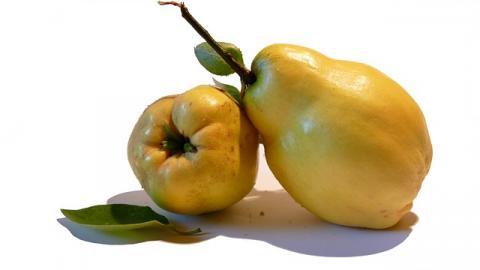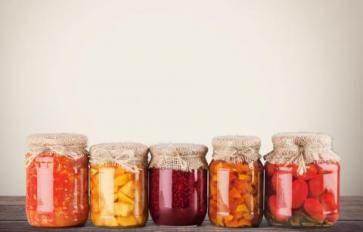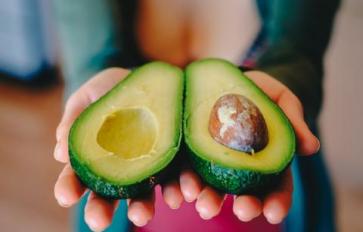
The name sounds like some mystical fruit that can be found in fairytales and legends. Quince, however, is a real fruit that is around today.
A golden yellow when ripe, the fruit resembles a cross between an apple and a pear. Originating in Southwest Asia, it is a product of the Cydonia tree and is grown throughout the world. However, the only state in the USA that grows it is California. The lack of being able to pluck it off a tree and readily eat it like an apple has made it somewhat unpopular. Yet, thanks to revelations in the culinary world, the popularity of quince is on the rise.
Tough and bitter to taste, raw quince is practically inedible. The threat of quince rust and fireblight make it undesirable to grow. In the kitchen, it's difficult to slice and takes time to prepare. The end result, however, is what has kept this fruit on tables.
The sweet flavor once cooked is what you would expect from looking at the ripe golden fruit. As it cooks, it softens up and brings out sweet flavors. The high pectin content acts as a natural preservative making it ideal for jams and jellies. In fact, the term marmalade comes from the Portuguese marmelada which refers specifically to quince. With a name like that, this fruit was meant to be made into a preserve!
Beyond preserves, quince makes for great baked goods. Try it in a torte or tart. If you are a dairy lover, pair it alongside some specialty cheeses. Or try it poached and topped with some coconut whipped cream.
If you are feeling experimental and want to try your hand at quince, check out your local farmer’s market or specialty store. It can be hard to find, but since it is a fall fruit, your chances are best from October to December.




